Since the beginning of humankind, it seems that people have been using drugs to change the way they feel. Perhaps it was to keep away tiredness on hunting expeditions or as part of spiritual or coming of age rituals.
For instance, traces of the use of opium poppies from Stone Age settlements in Switzerland, Germany, and Spain have been discovered. Then there’s evidence that people living in Peruvian caves used cacti with the psychedelic substance mescaline sometime between 8600BC and 5600BC.
We also know that the fly agaric mushroom has been at the centre of spiritual ceremonies in Asia for at least 4,000 years. In fact, opium, magic mushrooms, and other psychoactive drugs have been used by people for thousands of years.
Much more recently stars from the Hollywood Golden age of the early to mid-20th Century have told how they made some of the world’s classic films on what was described to them as “vitamin pills”. These were actually amphetamine stimulants.
In World War Two the strong stimulant drug methamphetamine drove the ruthless Blitzkrieg (“lightning war”) of the Nazis. War historians cite it as a major reason they managed to invade the swathes of Europe so swiftly.
But it is since World War Two that modern drug use has taken on a pattern that has seen a drug connected to a particular fashion and musical genre.
Within this there have been many crossovers in the decades and between the styles, but here are the many fashions, music, and drugs for the decades.
The 1950s: Greasers & Teds; rock ‘n roll; beer
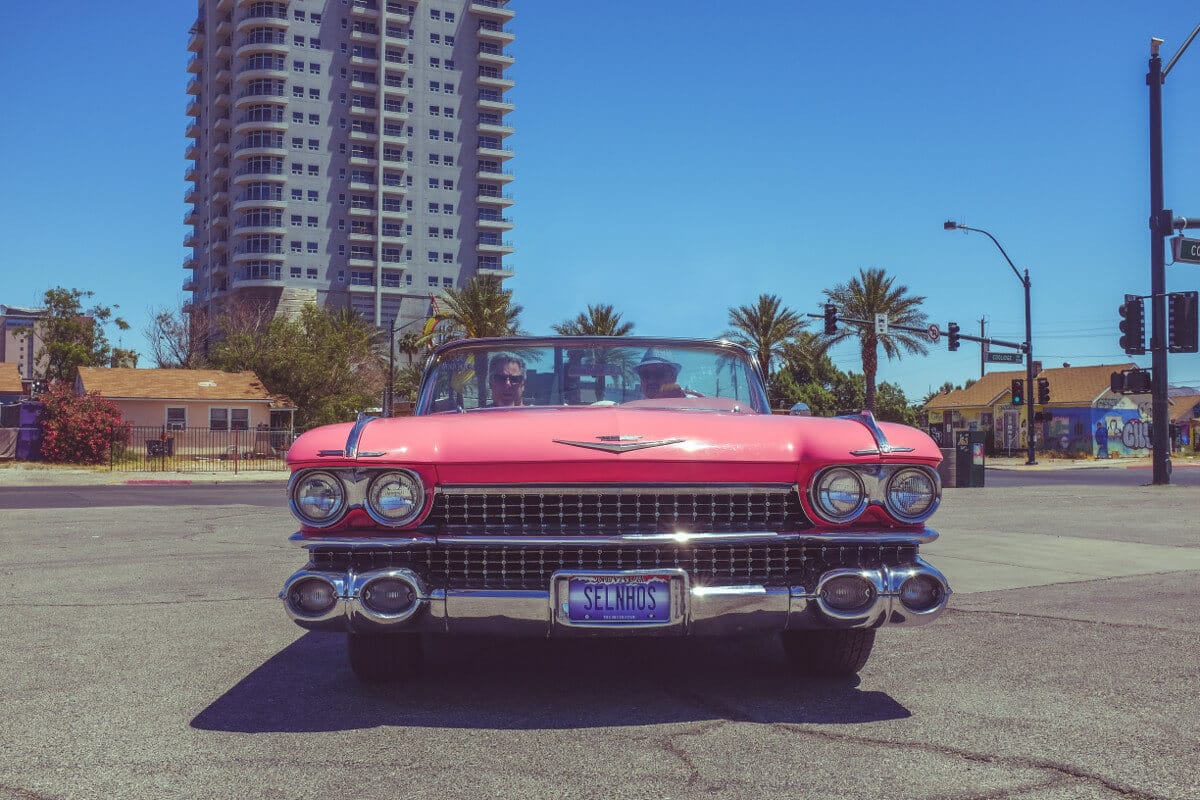
People had a bit more money and time in the decade following the Second World War. This included those in their teens and twenties. The “greasers” started in America listening to a diet of rock ‘n’ roll music such as Little Richard, Chuck Berry, Billy Haley, and Elvis Presley.
They dressed in black leather biker jackets, T-shirts, turned-up jeans and motorbike boots with their hair brushed back using products that gave it a greasy look. They went out together in large groups and danced long into the night to a new style of music known as rock ‘n’ roll.
Beer was their drug – albeit a liquid and legal one. It fuelled this fashion.
Their British counterparts were known as Teddy Boys or Teds for short. This was after their penchant for wearing Edwardian-style long jackets and frilled shirts.
It all seems gently nostalgic now. But back then it was seen as outrageous with even the wearing of T-shirts that had previously been only worn as underwear causing controversy. There were also copious amounts of smoking that went with the beer drinking.
These similar styles across the Atlantic from each other that were connected with a music style and alcohol was just the beginning of a phenomenon that grew and lasted for the next few decades…
The 1960s: Mods; rhythm and blues; amphetamines
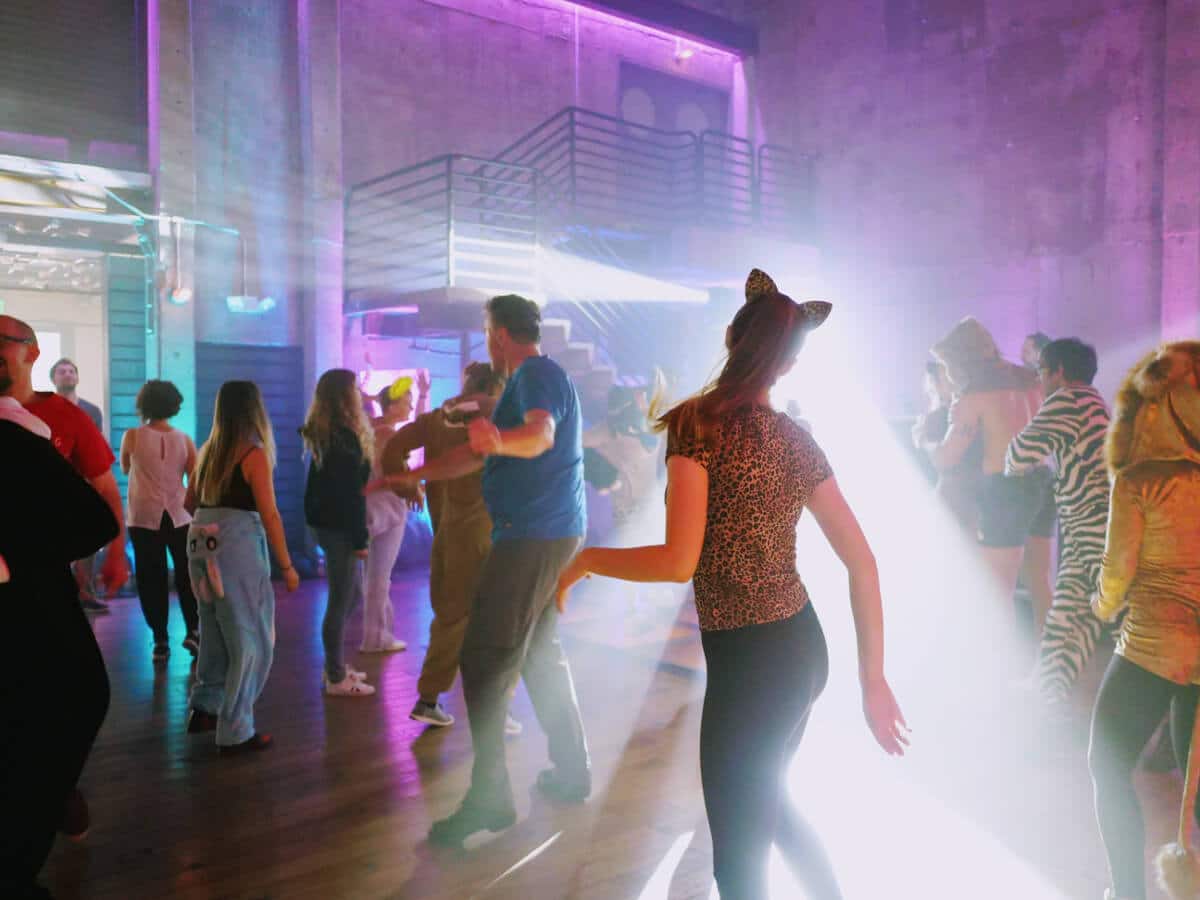
Mod was a largely British subculture that started in the early 1960s. But it was one that spread to America and around the world.
The term mod comes from “modernist”. It was a word used since the 1950s to describe modern jazz musicians and those who listened to this music.
The mods were young people who wanted to show they had some disposable income. So they dressed the part.
This was in such as tailor-made suits with narrow lapels, button-down collar shirts, thin ties, and desert boots. Their hairstyles imitated the look of French nouvelle vague film actors – think early Beatles.
Originally listening to some styles of jazz and the original rhythm and blues (R&B) music that was from 1940s America, soon there were mod bands such as The Who, The Rolling Stones, and The Kinks. Mods went to dances at clubs to listen to their sounds, a growing number arriving on Italian scooters.
These dances lasted all night and so to stay awake a great many mods took amphetamines. A very popular type was nicknamed “purple hearts” that was a combination of amphetamine and barbiturate called Drinamyl.
The 1970s: Hippies; psychedelia; LSD
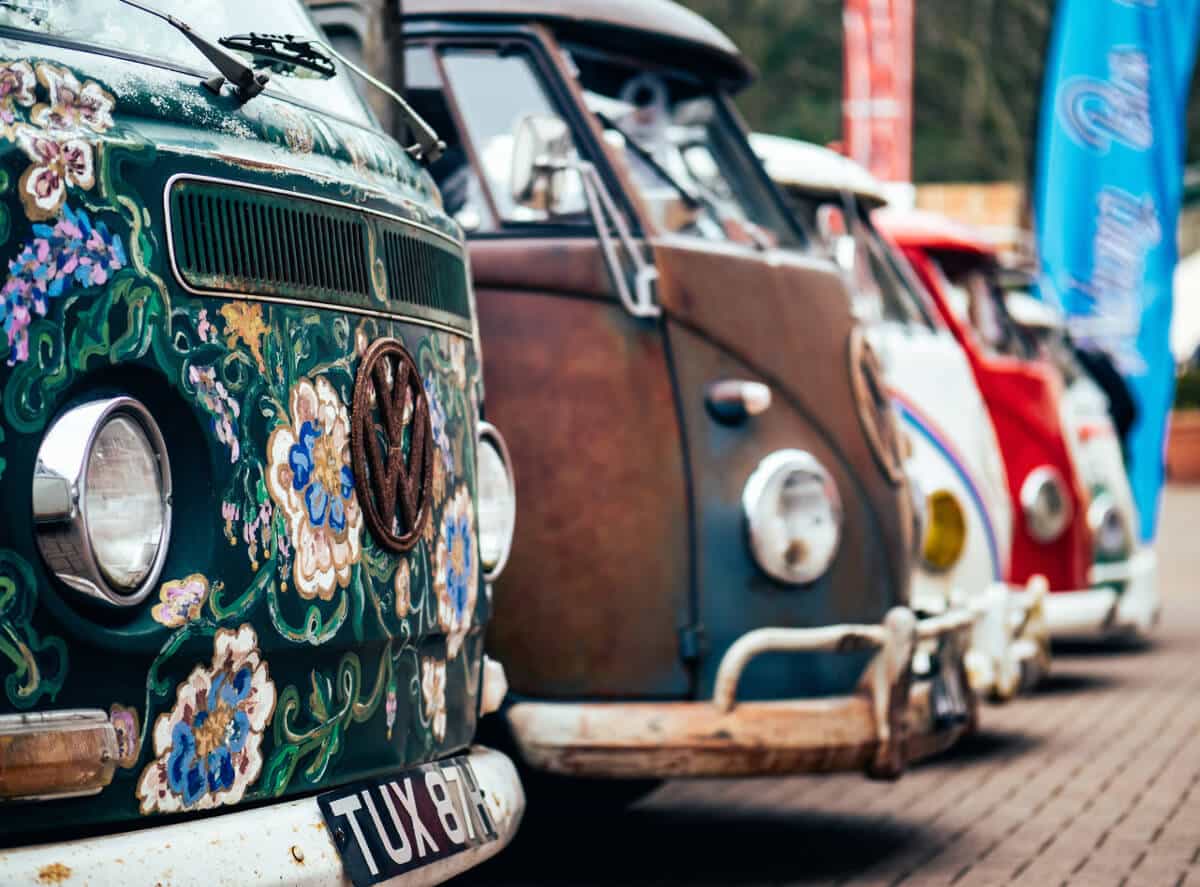
Although punk may have later challenged it the hippies were probably the major international subculture of the 1970s. Beginning in the late 1960s in America it swiftly spread totally around the world.
With the hippies came psychedelic music (also called psychedelia) such as that of The Doors, Jimi Hendrix, The Beatles and The Grateful Dead. There was also a style of folk music such as Joan Baez and Bob Dylan that tied in with the hippie political ideals of overhauling the system.
Marijuana was a popular drug with the hippies, but it was LSD that really defined them. They grew their hair long and dressed in loose-fitting Indian or Moroccan-style clothes as a result of many travelling in search of themselves and greater meaning to life.
This culture was so widespread and grew with such momentum that it greatly concerned the authorities. Eventually, though it just started to fade away.
What it has most definitely left us with though is today’s green movement as well as awareness in yoga, meditation, inner searching and natural healing.
The 1980s: Punks; punk rock; speed
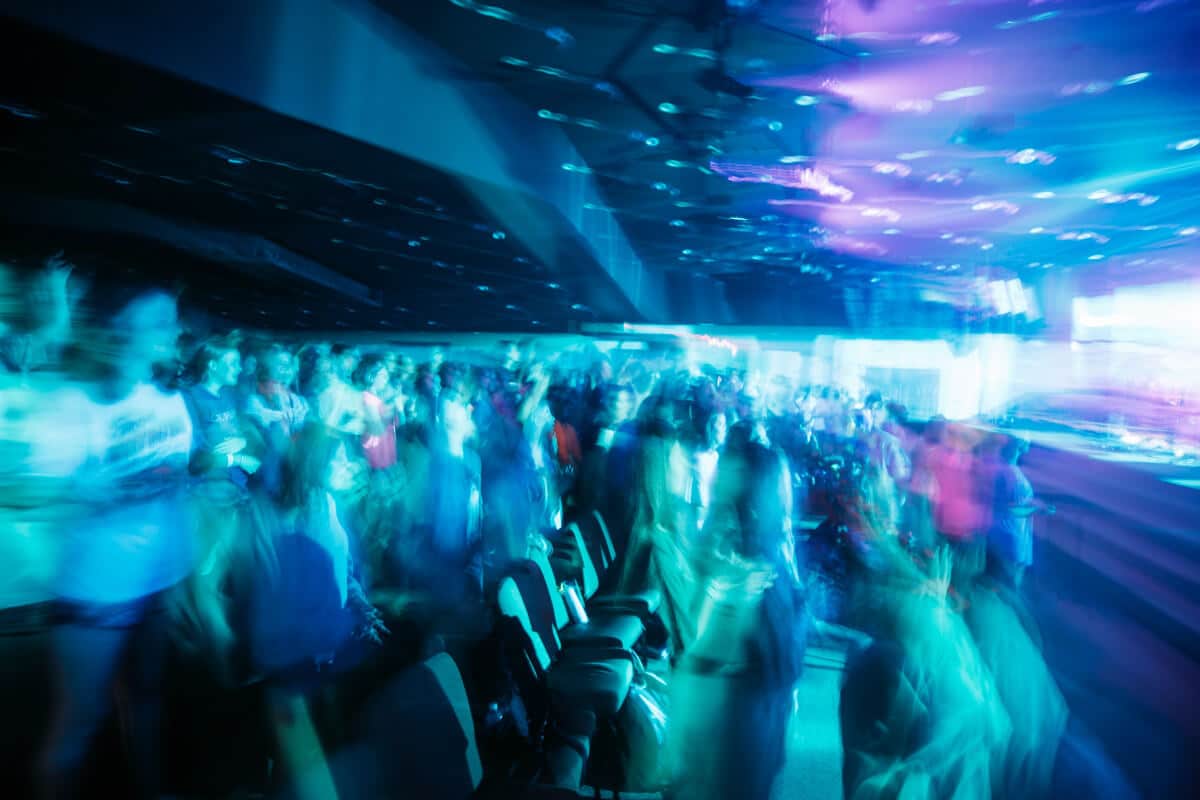
Although it started “officially” in 1976 with bands in the US and UK such as The Ramones, Richard Hell And The Voidoids, Sex Pistols, and The Damned shouting their way to infamy it wasn’t really until the early 1980s that it became the international movement that we will always know.
It was a sound and a look that could not be ignored. That look developed from the late 1970s into one of brightly dyed spiky hair, leather studded biker jackets, sleeveless band T-shirts, ragged jeans, and scuffed-up boots.
It was all so brash and fast. The punk “dance” was the pogo (jumping straight up and down) or moshing – which involved deliberately colliding with others moshing.
All this release of youthful merrymaking and tension took huge amounts of energy. As it was so fast it was the drug “speed” (slang for amphetamine) that created lots of the music and it was the speed that helped the punks to keep up with it when at a gig.
In a separate world, another style of music that had started in the 1970s was booming. That was a disco. The drug to keep going to this music that was made for dancing in clubs was cocaine.
In fact, cocaine addiction was rife in the 1980s. This was also connected with the “get rich at all costs” yuppie culture.
The 1990s: Ravers; house music; ecstasy
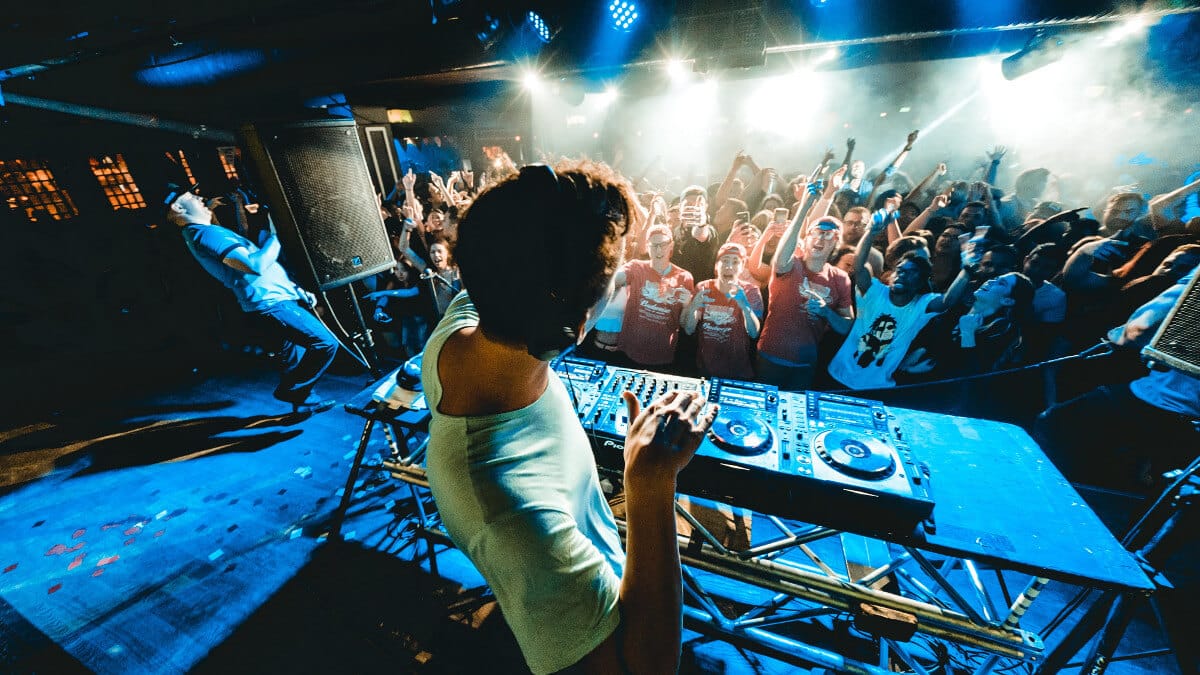
At the end of the 1980s, a great number of yuppies had made themselves a fortune. But they were burned out and at the very least on the verge of having an emotional breakdown. Many already had.
They felt empty. Money had not bought them the meaning or happiness they’d been promised by the governments of the day.
In the previous decade, a style of music had emerged from Chicago and Detroit called house music. It featured repetitive beats that were perfect to dance to and anyone could dance to this development of disco.
In the Spanish island of Ibiza, there had for many decades existed a culture of decadence, such as all-night clubs. They were playing a lot of house music.
A few young British people that had visited took it back to London and started playing the same in a small sweaty club called Shoom. From here it took off and is still with us today in a massive way.
Many of these original ravers took LSD but also ecstasy (known as E or MDMA among other things). It was this drug and house music that took things to a new level.
By the 1990s all around the world, thousands of people were taking ecstasy and dancing at all-night raves. In Britain alone, it was estimated that by the mid-1990s more than a million ecstasy tablets were being taken every weekend.
Ravers wore similar styles to the hippies. These were baggy clothes that made it easy to dance and stopped overheating from dancing wildly into the early hours.
It gave birth to DJs as mega-celebrities. The raves around the world just got bigger.
But also inevitably there was lawlessness and there were some deaths too. So the authorities clamped down – to the point where in Britain it was made illegal to hold a lot of these events.
With the new millennium came an unprecedented change in technology. Consequently, the internet has altered forever the way we listen to music.
It also altered the way we shop, connect, and socialise. It means that perhaps the link between a fashion style, a musical genre, and a particular drug will not be seen again in the way it used to be.
With music for instance rather than be into one style so much, people tend to listen to several styles. Many new bands even mix up genres on their albums.
One of the forces behind a subculture was gaining an identification, which is why many young people were drawn to one or another. But now social media does this to a large extent.
There has been a boom in legal highs. In fact, drug use overall is higher than it ever has been, including legal and illegal drugs.
This has led to increased addiction to such as tramadol and Xanax. It also means that for every high there is a low – and many people who use lots of drugs will at some point realise that the lows are bigger and last much longer than any of the highs.
There are of course still some pockets of music and fashion “tribes”. For many these subcultures are brief and perhaps just a part of being young, having fun and growing up looking for a place in the world.
For others though the drugs connection leads to serious mental health problems. Tragically thousands of people each year still die as a result of drug abuse.
Contact us today to discover how White River Manor can help you or someone you care about with a drug problem.






